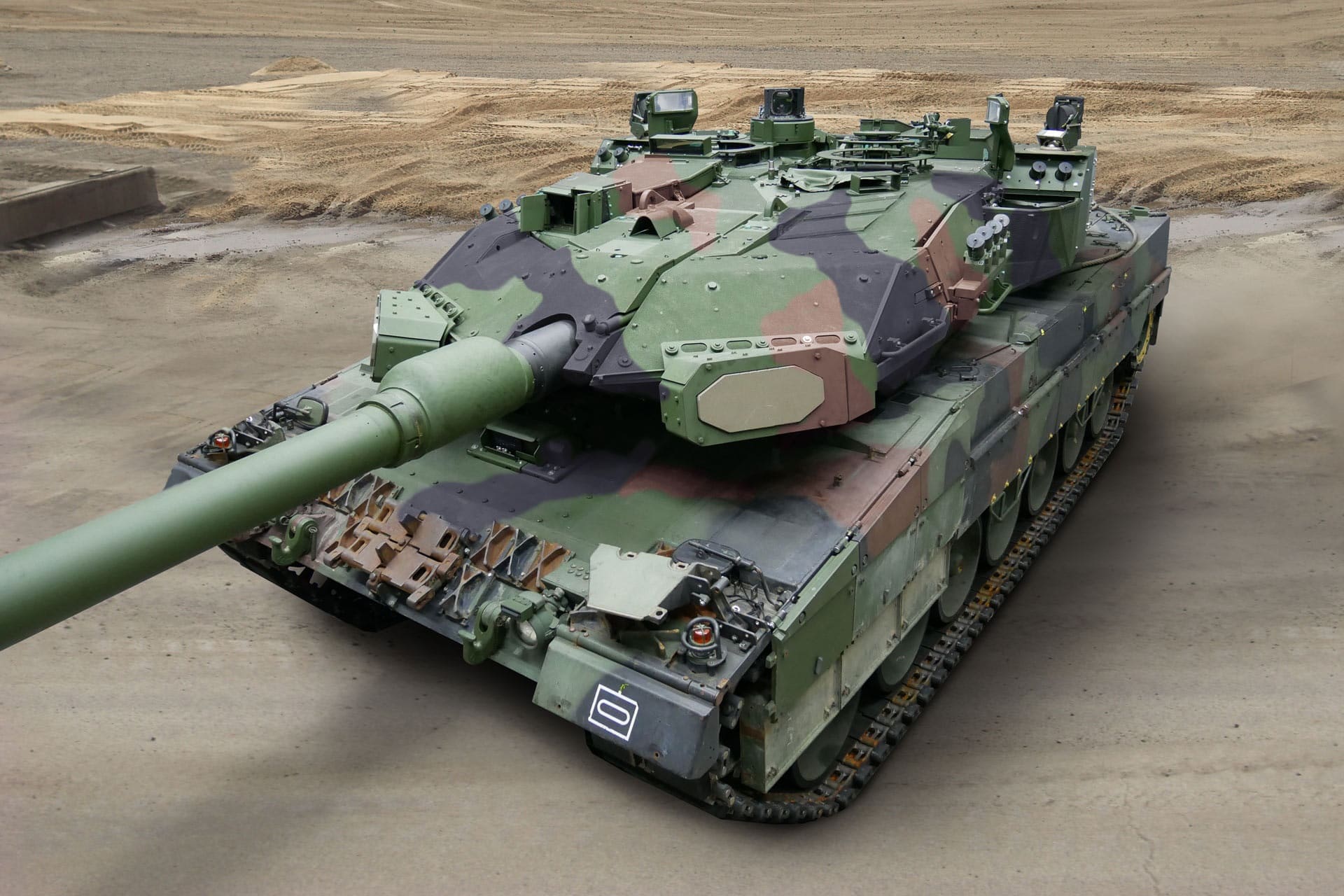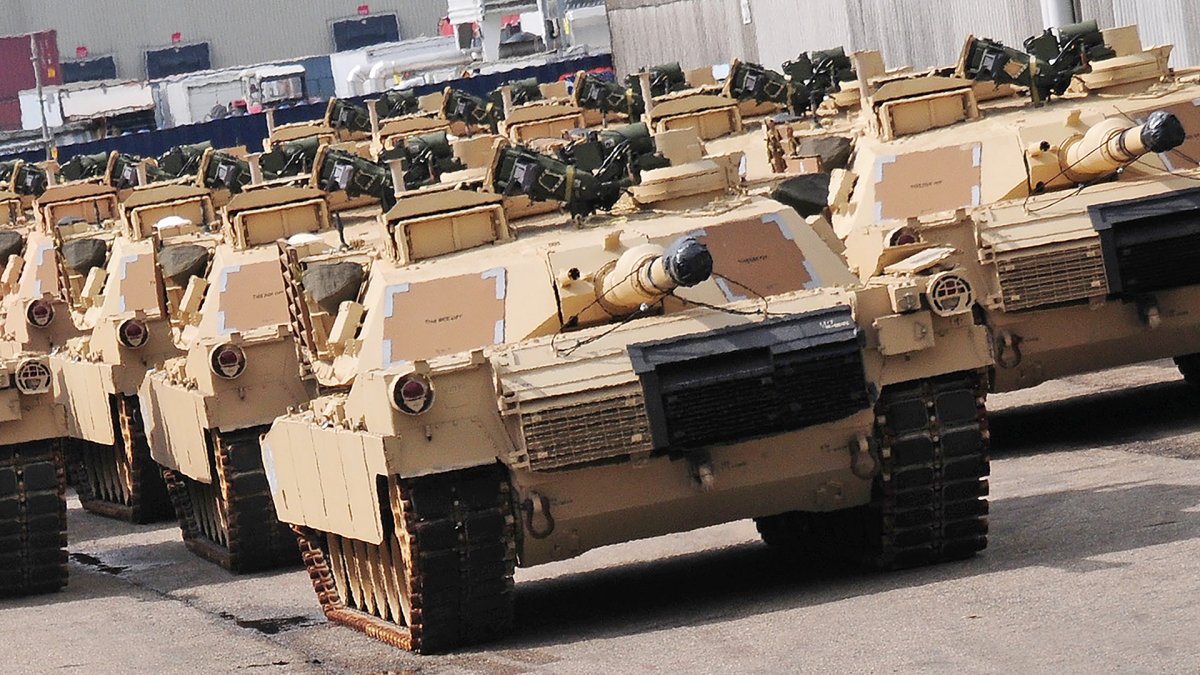Part 1 of 3: Free The Leopards
They state the Leopard is easier logistically…
1. All Main Battle Tanks (MBTs), be it Leopard 2s, Challenger 2s or even M1A2s, in NATO service, need trained crews, maintenance and logistics support — it’s not as easy to maintain and support as many claim it to be. The more diverse the vehicle fleet, the bigger the challenge for Ukrainian Army logisticians.
2. As Lt. Gen. (Retired) Mark Hertling explains, below:
(a) More importantly, Leopard 2s and M1A2s use a 120mm main gun, which is a different ammo type to the 125mm ammo used in the T-90/T-72 series. The plus side of modern Leopard 2s and M1A2s compared to the T-90/T-72 series is better armour, more powerful engines and a better one piece 120mm sabot round that has no problem cutting through the T-90’s inferior armour. Germany’s DM63 APDSFS long rod penetrator anti-tank sabot ammunition will pass completely through any T-72. Whereas, the T-90 is just modernised T-72. It doesn't have any significant protection improvements, except ERA.
(b) We need to ask 2 key questions:
Q1: Can the Ukrainian Army quickly learn the capability of the Abrams (& Leopard II) the way it is designed to operate?
Point to note: When the M1A2 or small critical parts in the MBT — break (which they do), & when those small & large replacement parts need replacing, & when it requires daily/ weekly/ monthly echelon maintenance. All these need to be done in the field, at war, under threat of Russian artillery fire.
Q2: Will Ukraine have also trained those who do these things?
Point to note: For the war in 2023, the Ukrainian Army will be training with tanks (to fight at tank company level), infantry, scouts, drones, artillery, engineers, intel. It is a lot more than just M1A2 or Leopard 2 crew training. The reason I ask these things is because armoured operations need to get all these things synchronized.
3. These Western designed MBTs are also NOT as simple to maintain as a T-90/T-72 derivative (like the PT-91). And MBTs are often supported by specialist armoured recovery vehicles (ARVs) — it takes skill to operate the specialised lifting and recovery equipment to repair these MBTs. Further:
(a) the training for crew members and commanders of the Leopard 2s and M1A2s is pretty long and requires a certain minimum standard. A Leopard 2 crew training period takes about 6 weeks, for a basics only abbreviated short course.
(b) in many countries operating the Leopard 2 or M1A2, the loader has 11 seconds to reload, when firing on the move — whereas the T-90/T-72 series has an auto loader — training for a Leopard 2 tank commander or a Leopard platoon commander needs another 9 weeks (after the basics short course), if they are to be tactically competent to fight at tank platoon level.
4. I note:
(a) Germany’s Chancellor, Olaf Scholz, has not agreed to #FeeTheLeopards. Most Western engine power packs in armoured vehicles, including the EuroPowerPack (MTU MT883 Ka-500/501 diesel engine), will need ‘clean’ lubricants, hydraulic fluid, diesel fuel, to run — if not lots of problems with keeping these armoured vehicles running in the long haul.
(b) that diesel engines have been destroyed by contaminated lubricants or hydraulic fluid. I have attended failure analysis class and seen these examples first hand.






